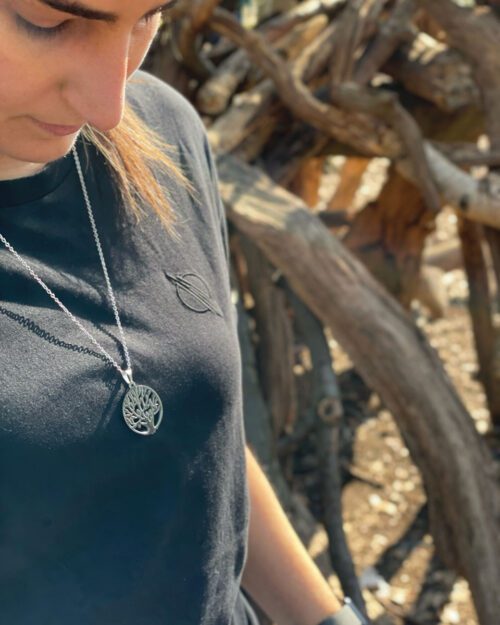The Norse religion is within those who created a whole persona for the Sun, but for them the star was a goddess named Sunna. She was destined to ride across the skies until the end of time.
The ancient ones believed that everything had a reason to be or, many times, a personality of its own. It’s not hard to find personifications of chaos, earth, skies and other mightiness of nature.
Most often we find our forefathers giving name and appearance to the Sun, the most venerable star in our sky. It’s easy to understand why. In the majority of the European cultures, the simple presence of the Sun meant that it was time to sow, and with long and dark winters, time to venture outside without freezing to death.
The Germanic peoples are within those who created a face, name and stories for the Sun. Most uncommon, it was a goddess named Sunna or Sól.
There are no precise records on how she came to be or who she really was, the Poetic Edda says that Sunna and her brother Máni, the Moon, were born in the beginning of time and, not knowing what to do with their powers, received the task from the gods to wander in the skies in a certain way to establish the four seasons.
On the other hand, in the Prose Edda, they were fathered by a man called Mundilfari that found them so beautiful that he gave them the names of the Sól, after the Sun, and Máni, after the Moon. In this version, Sól married a man called Glenr (meaning opening in the clouds) and, because of her father’s arrogance in comparing her to the god’s creation, she was actually condemned to conduct the Sun.
The figure of Sunna is composed by a lady with golden curly hair that looks like rays of light.
She rides a chariot pulled by the horses Árvakr (Early Riser) and Alsviðr (Swift), carrying the Sun – which was made from sparks of Muspelheim, one of the 9 norse worlds – and with a shield called Svalinn, to protect the land from burning up completely.
It’s also known that Sunna and her brother are chased all the time by the sons of the gigantic wolf Fenrir – Skoll (Mockery) and Hati (Hate). At the end, during the apocalyptic events of Ragnarök, the beasts will finally reach their prey. Although it is the end for Sunna, her daughter will continue her legacy.
Sunna was praised for many reasons and associated with the power of healing, both the land and the people. For Midgard, Sól brings the spring making the trees, grass and flowers come back to life, also it is when the rivers unfreeze and it’s time to plant once more. Basically, it’s time to be reborn and rise back to life.
To the people, having the sunlight back was a sign that the hard times are gone and that they could finally be back to work the earth, time for a little happiness and a break of the hardness of the dark and cold months that have passed, to rejoice for a second before it goes all dark again.






